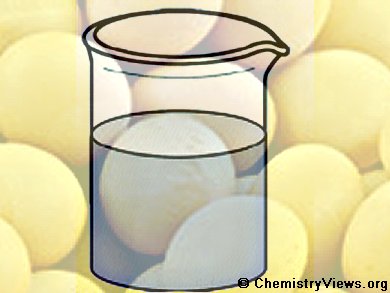Biodiesel generates fewer greenhouse gases and less particulate matter when burned than petrodiesel, but very little is known about the health effects of its exhaust.
Naomi K. Fukagawa and colleagues, University of Vermont, Burlington, VT, USA, found that biodiesel exhaust may trigger greater inflammation in mammalian cells and lungs than petrodiesel emissions. They recommend that more research in this field is necessary to design new engines or filters that will remove harmful components in biodiesel exhaust.
The team characterized exhaust particles produced by combustion of pure petrodiesel (B0) and B20 fuels using the same Volkswagen light-duty diesel engine and running conditions by using a scanning mobility particle sizer and thermal desorption/gas chromatography mass spectrometry. B0 generated two times as much particulate matter by mass as B20 did. B20 combustion produced, on awerage, smaller particles. The total surface area of B20-generated particles was twice as high.
46 % of the B0 particles were polar compounds, compared to 68 % for B20. B20 particles also contained short-chain fatty acid methyl esters, which are known lung irritants.
Exposure of two human cell lines (macrophages (BEAS-2B) and bronchial epithelial cells) to B0 and B20 exhaust particles showed the highest amounts of proteins associated with inflammation for B20 exposure.
Mice receiving the same particles by oropharyngeal aspiration for three consecutive days showed about two to three times higher concentrations of the three inflammatory proteins G-CSF, interleukin 6, and interferon-γ-induced protein 10 in their lung tissue and fluid from B20 exposure. This might be due to some combination of the particles’ large surface area, their polar chemical composition, or the presence of short-chain fatty methyl esters.
- Soy Biodiesel and Petrodiesel Emissions Differ in Size, Chemical Composition and Stimulation of Inflammatory Responses in Cells and Animals,
Naomi K Fukagawa, Muyao Li, Matthew E Poynter, Brian Christopher Palmer, Erin Parker, John Kasumba, Britt A Holmen,
Environ. Sci. Technol. 2013.
DOI: 10.1021/es403146c


